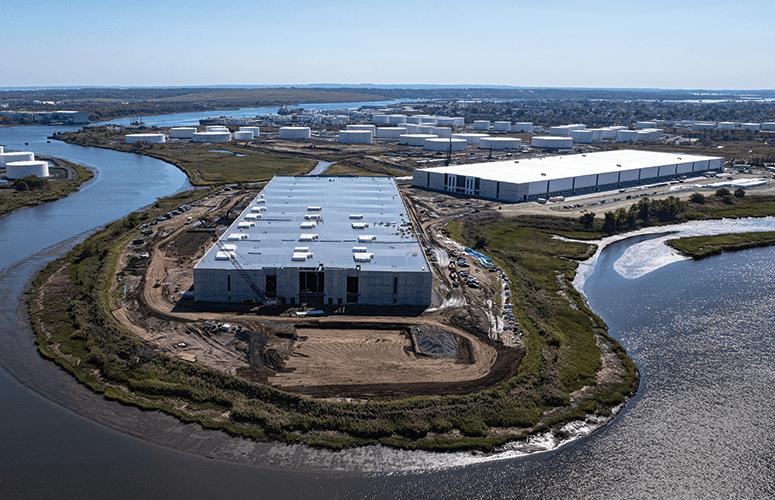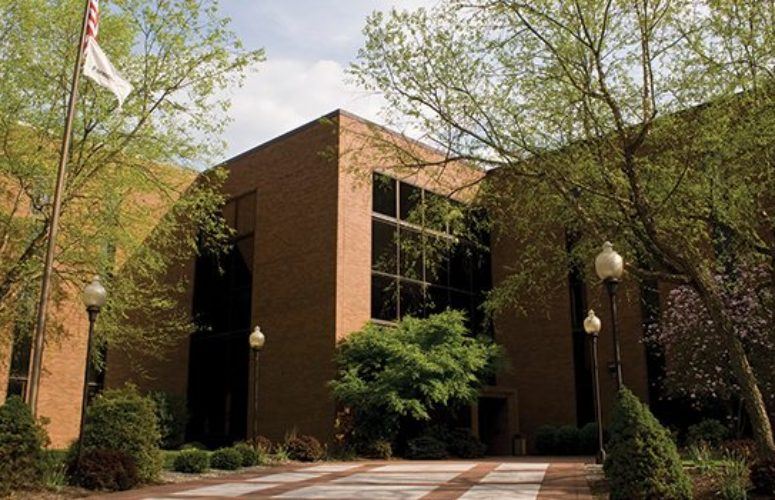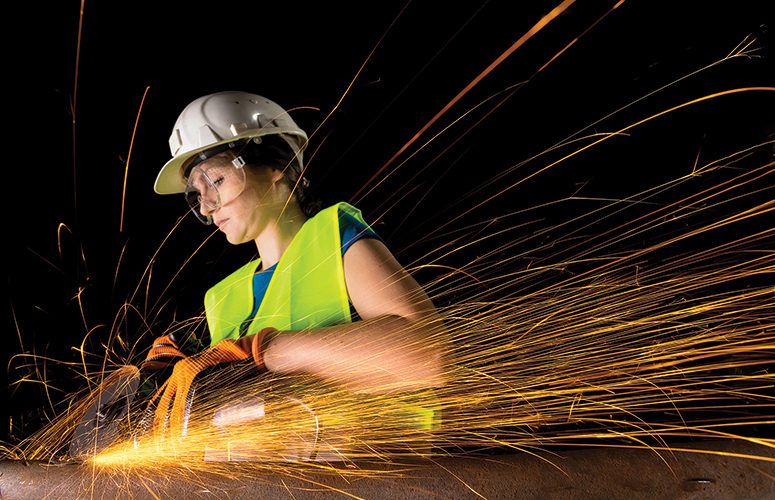
Environmental Challenges Drive New Technologies
New Jersey’s environmental firms focus on innovation.
By Larry Feld, Contributing Writer On Mar 11, 2024Since the creation of the Comprehensive Environmental Response, Compensation, and Liability Act (CERCLA) in 1980 – better known as the Superfund Act – New Jersey has been slowly, often painstakingly, transforming polluted industrial, commercial, and residential properties as well as surrounding waterways and returning them to productive use.
The landmark legislation also fueled the growth of a robust geo-engineering and remediation industry. Together with regulatory mandates, the government has created standards and deadlines to jumpstart the clean-up process and set deadlines for property owners. Requirements and deadlines also help to spark innovation.
Take, for example, the PFAS (per- and poly-fluoroalkyl substances) issue. In 2023, the US Environmental Protection Agency added PFAS as part of a family of man-made, toxic chemicals to its list of “Superfund” hazardous chemicals requiring monitoring. PFAS do not break down easily, are prevalent in our groundwater, and may be detrimental even in minuscule amounts. Like lead exposure, PFAS are referred to as forever chemicals. Used in a wide range of household products and packaging, the Centers for Disease Control and Prevention (CDC) reported that PFAS such as perfluorooctanoic acid (PFOA) and perfluorooctanesulfonic acid (PFOS) can be found in the bloodstream of most Americans. At this time, the exact health hazards from exposure are still unclear.
“PFAS is a hot topic that is going to continue to grow as regulations are sorted out,” notes Justin M. Protasiewicz, PE, principal at SESI Consulting Engineers. The company is utilizing a new product breakthrough for encapsulating PFAS contamination in underground water sources.
“We recently used a technology called PlumeStop®,” he says, noting that the firm has successfully used the treatment, manufactured by California-based environmental company Regenesis, at sites in New York and is about to install it at a New Jersey location.
“PlumeStop is an emulsified carbon that absorbs and encapsulates the PFAS. Injected into wells around the perimeter of a site, it essentially stops the PFAS from leaving the location. It is one of the most effective, and only technology out there right now,” Protasiewicz says. He notes that there are several other technologies currently in development.
The Rise of Geographic Information Systems
As New Jersey looks to improve its NJ-GEOWeb database (a customized interactive web application to view, query, and analyze both local and statewide areas of interest and environmental information), it is also looking to municipalities to provide important information on stormwater management. While many environmental companies like SESI are also developing their proprietary GIS systems, Protasiewicz sees great promise with the technology.
“Geographic information systems (GIS) are extremely robust,” says Protasiewicz. “The NJDEP requires us to upload work to its website, allowing it to see all the remediation happening on a site,” he explains. NJ-GEOWeb works with GPS accuracy to provide who is responsible for the remediation on a site and identifies the LSRP, when work was started, and what kind of contamination is in situ (situated in the original, natural, or existing place or position). SESI’s internal GIS keeps track of the state information as well as other project data not required for filing, such as soil samples and drawings, in one place.
“The stormwater management regulations in the state have been updated to help mitigate flooding,” Protasiewicz says, adding that new projects coming online must have systems in place to slow the runoff on their property.
“The NJDEP is now requiring towns to track all their stormwater management systems in GIS,” he says. While not all towns are tracking yet, Protasiewicz says that some have started. “When we do stormwater evaluations, the NJDEP requires us to go downstream of our site and figure out how much is being dumped into the river. It wants to know how your water is going to affect that line. As a result, the towns are saying to developers: If you want to develop this site, you have to map out all this information to slowly stitch it together as projects get completed,” he notes.
New Air Monitoring Guidance
Sites that are currently under remediation are required to monitor air quality to ensure that residents in the surrounding neighborhood are not exposed to harmful toxins. In December of 2023, the NJDEP released a 95-page guidance document to help the environmental community develop best practices for perimeter air monitoring. LSRPs will be required to implement the guidance on New Jersey sites by June of this year.
To meet these new requirements, GZA GeoEnvironmental, through its subsidiary AirLogics, deploys “smart,” programmable equipment that provides continuous, real-time, remote analysis of air monitoring data, tailoring the equipment to the site’s specific contaminants.
“The equipment has GIS capabilities for data display and interpretation, delivering cloud alerts to LSRPs when emissions exceed acceptable thresholds, so corrective action can be taken quickly,” notes David Winslow, PG, Ph.D., senior vice president, GZA GeoEnvironmental, Inc.
Dr. Winslow notes that 24/7 real-time remote monitoring is not always available with some other systems. The company also offers professional services for the operation and maintenance of equipment, as well as industrial hygienists to handle data management and reporting. Current applications of the monitoring system include gas plant sites, residential developments where historic fill is an issue, and the South Amboy ferry project.
What Is the Need for Remediation?
“The success of the Site Remediation Reform Act, which certifies qualified Licensed Site Remediation Professionals (LSRPs) to move projects forward to closure with less dependence on state regulators, has successfully cleaned up many contaminated sites in the state at a faster pace than previously possible,” states Dr. Winslow.
“We need a lot of remediation in New Jersey,” says SESI’s Protasiewicz. “The LSRP program, when it was first created 10 years ago, was as good as they said it was. Having LSRPs responsible for everything was a great idea. It accomplished everything it was meant to accomplish,” he explains.
The problem today, according to Protasiewicz, is that the NJDEP is reverting to its pre-LSRP case management mentality. “LSRPs were supposed to be able to use professional judgment, however, the NJDEP is questioning every decision the LSRP makes. It is over-reviewing everything and backups are causing issues,” he laments.
“However, I think the proposed new streamlined permit program will help to resolve our problems for property owners,” Protasiewicz adds.
Conclusion
“The need for remediation of brownfields and other contaminated sites remains strong in New Jersey,” notes GZA’s Dr. Winslow. “Remediation can spur development to provide much-needed housing and economic opportunities for communities,” he concludes.
To access more business news, visit NJB News Now.






